Key Takeaways
- Outdoor workouts, such as hiking, beach walks, and trail runs, can enhance insulin sensitivity, promote fat burn, and improve mood all in one workout.
- Brisk paces, varied terrain, and mindfulness can increase metabolic benefits more than just focusing on step count alone.
{{mid-cta}}
Are you looking for more enjoyable and exciting ways to improve your metabolic health? Why not take a step outside, literally? “Green exercise” describes any physical activity performed in nature, where you can reap the benefits of fresh air and beautiful views while profiting from the improvements in blood sugar control, fat oxidation, and cardiovascular function.
Choose your own adventure and find whatever activity sparks your interests, whether that's a beautiful hike in the mountains, a HIIT class hosted at your local park, or going for a walk along the beach. If you choose something that excites you, then it will rarely feel like exercise, making it easier to stay consistent and motivated.
This article explores how outdoor workouts, such as hiking, trail running, and strength training in nature, can enhance metabolic health from multiple angles. You’ll learn the science behind “green” and “blue” exercise, the specific metabolic benefits they offer, and how to create your own simple, effective outdoor routine. It’s time to leave your regular routine and branch out into Mother Nature’s playground.
Why Outdoor Exercise Matters for Metabolism
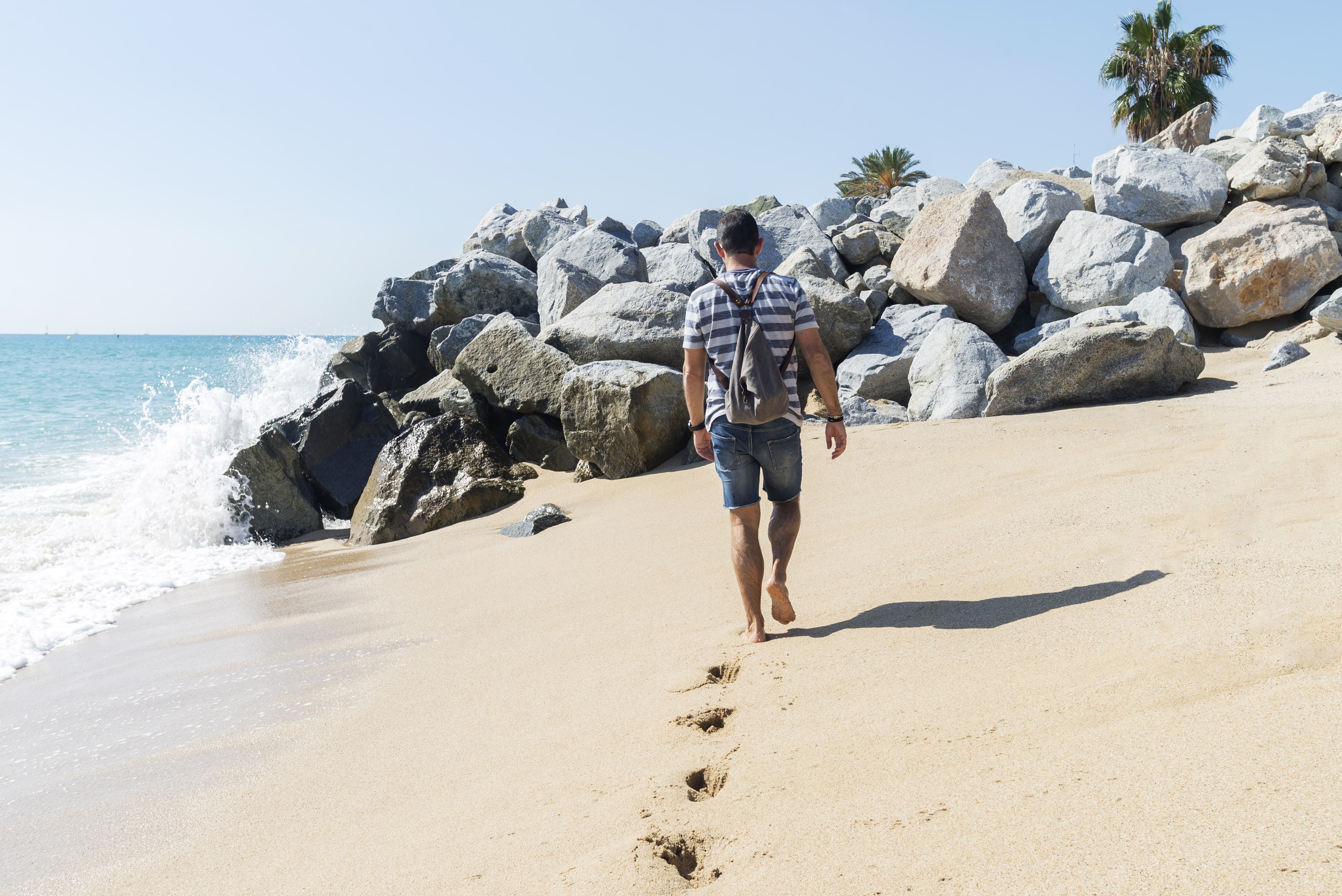
Exercising outdoors offers physiological and psychological benefits that indoor workouts simply can’t match. Breathing cleaner, oxygenated air helps your muscles use glucose more efficiently for fuel.1 The sun exposure helps your skin synthesize vitamin D, which is an essential nutrient for healthy insulin signaling and steadier blood‑glucose levels. Simply surrounding yourself with trees and the sounds of nature can calm your nervous system, lower cortisol levels, and decrease inflammatory markers, all of which contribute to the development of metabolic syndrome.2
Yet, the environment isn’t everything, as the intensity of your exercise still matters in achieving healthier biomarkers and metabolic health. Research has found that faster walking paces can predict lower “biological age” and healthier lipid and glucose levels more than total daily step count.3
So, if you are looking to reap all the benefits of exercising outdoors, make your steps as powerful as possible as you traverse a forest trail or walk along the waterfront. You’ll find the combination of moderate to vigorous intensity with the vitamin D and nature-induced stress relief to rev up your metabolic engine more than just getting your steps in on the treadmill.
Beach Walks: Resistance + Relaxation
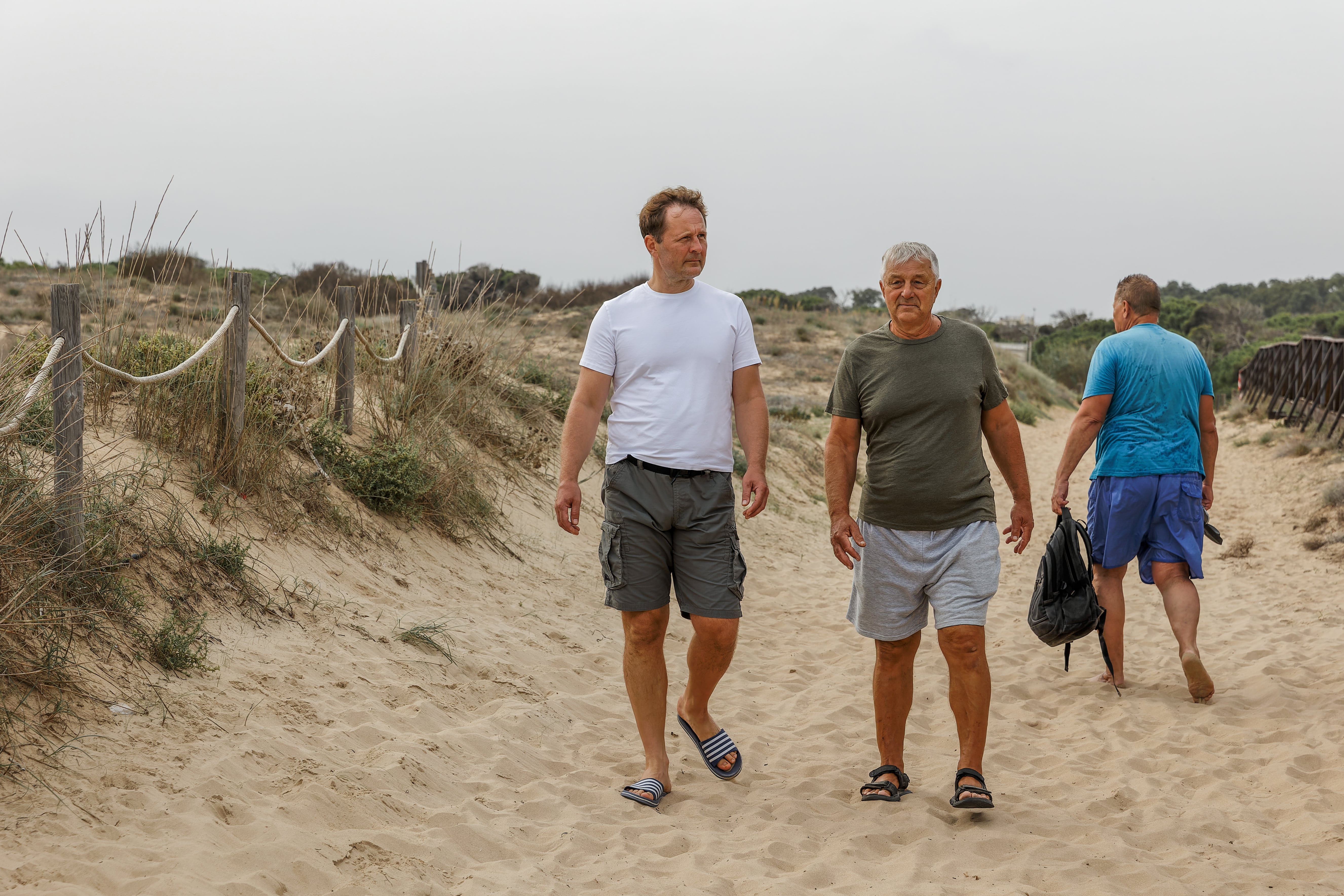
Another option for achieving a metabolic burn outdoors is to take a walk or a run on the beach. The soft, forgiving terrain of sand requires more muscular effort - and thus more caloric expenditure, with each step compared to flat pavement. A study performed in 1998 by Lejeune et al. found that walking on sand requires 2.1 to 2.7 times more energy expenditure than walking on a hard surface. This was later supported by a study published in 2024 in the Indian Journal of Physical Therapy Research, which looked at the energy expenditure of walking on varying surfaces (both even and uneven).4,5
Researchers believe the increased demand on surfaces like sand engages more stabilizing muscles, especially in the feet, ankles, and legs. More muscle engagement leads to more efficient glucose uptake during and after exercise, ultimately supporting weight management and maintaining stable blood sugar levels.
Your walk on the beach just turned into a metabolic workout that challenges balance, strengthens muscles, and improves cardiovascular health all in one. And let's not forget the calming effect the ocean (i.e., blue space) can have on your mental health.
Exposure to natural water environments has been shown to lower cortisol levels, improve mood, and regulate stress, which is known to support healthier metabolic function.6 By combining physical exertion with the stress-relieving effects of being outdoors, walking on the beach becomes a simple and enjoyable strategy for supporting metabolic health through a holistic approach.
Hiking & Trail Walking for Cardio & Insulin Sensitivity
If water isn’t your thing, try taking your feet to the trails for some “green” exercise. Hiking and trail running deliver a high cardio stimulus that goes beyond what you’d get on sidewalks or a treadmill. The changes in elevation force your heart and lungs to work harder, raising VO₂ max and driving glucose into muscle cells to meet the increased energy demand. In addition, the uneven terrain requires constant micro-adjustments on rocks, roots, and switchbacks, which recruit more muscles in various ways compared to steady-state road running. All of this further improves insulin sensitivity, helping stabilize blood‑sugar levels long after the workout ends.
Studies comparing “green” exercise to indoor sessions consistently find greater reductions in cortisol, improved metabolic markers, and larger drops in post-exercise blood glucose levels when participants engage in exercise through forests or along mountain trails.7,8
When we stress less, we become metabolically stronger. Every hill you climb and every switchback you navigate delivers greater enhancements in cardiovascular fitness and a calmer hormonal environment, which keeps blood sugar levels stable.
Guided Outdoor Workouts to Try This Summer
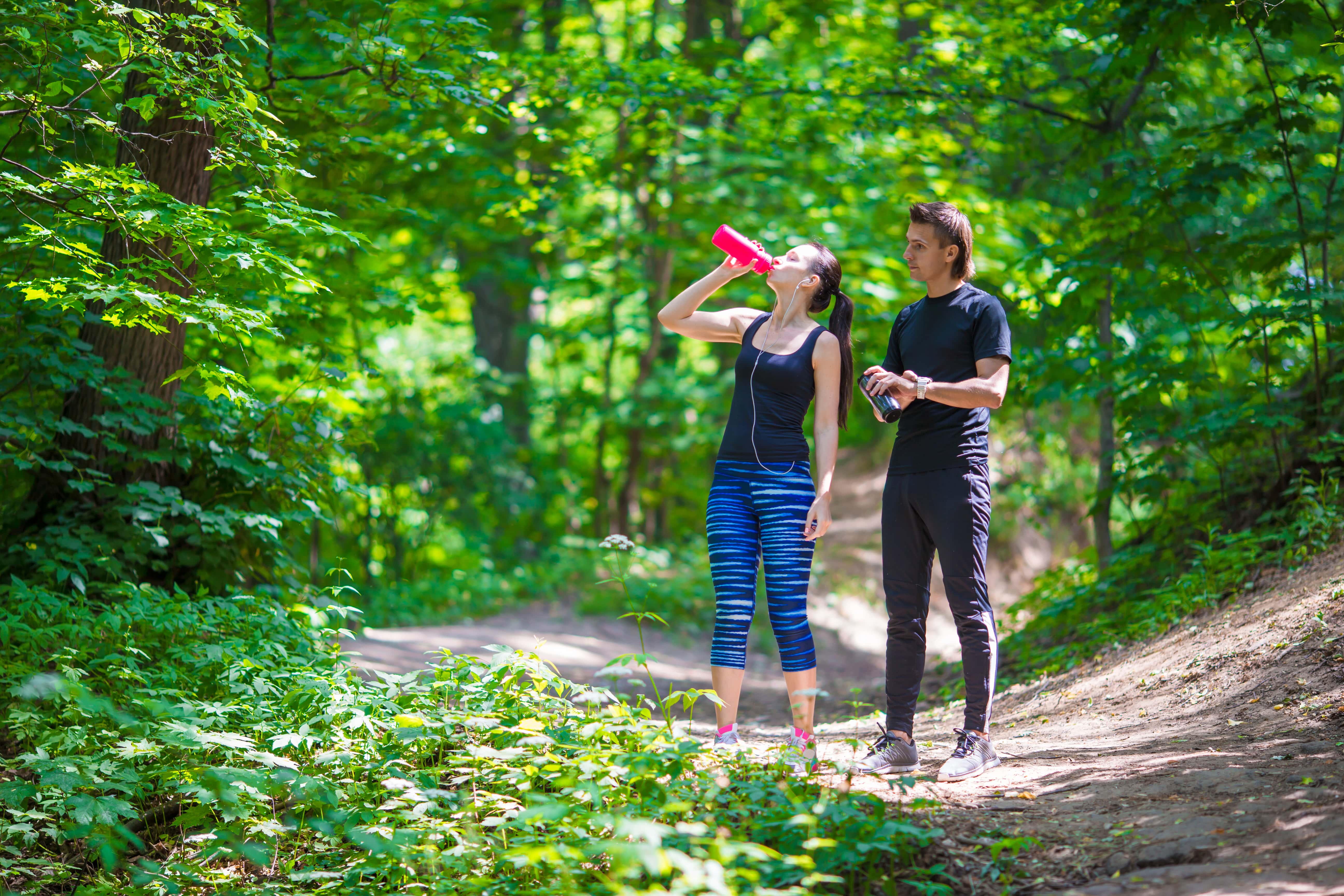
Now that we know the benefits, it’s time to step outside and do more than just “touch grass.” Here are some outdoor workouts for you to try that are both accessible and adaptable, whether you’re by the coast or near the Rocky Mountains.
- Brisk beach walks: Aim for a faster walking pace on firm sand that feels like a moderate to vigorous intensity (or 5 to 6/10 on the RPE scale). You can also add in short intervals of faster walking or even light jogging to elevate your heart rate and increase glucose uptake. Just be cautious of the more forgiving sandy terrain, as it can affect your joint stability.
- 30-minute beach strength circuit: Find a spot on the beach and alternate body-weight moves like squats, push-ups, lunges, and burpees to boost metabolism and build strength on an unstable surface. You can also add extra cardio and resistance by jumping into the water for some quick swim laps or treading water.
- Hill hikes or incline walks: Climbing trails challenge your cardiovascular system and improve lower-body strength, both of which enhance insulin sensitivity. Find a route that includes a few hills, or do 3 to 4 repeats on a hill that is 0.25 to 0.5 miles long.
- Walking in the forest with yoga or breathing exercises: Try pairing gentle physical movement with mindfulness to reduce cortisol and support balanced blood sugar levels. This is a great way to target both mental and physical health in a single activity. You can also practice yoga on the beach, which provides a workout in the sand while enjoying the calming sounds of the water.
Tips for Maximizing Outdoor Metabolic Gains
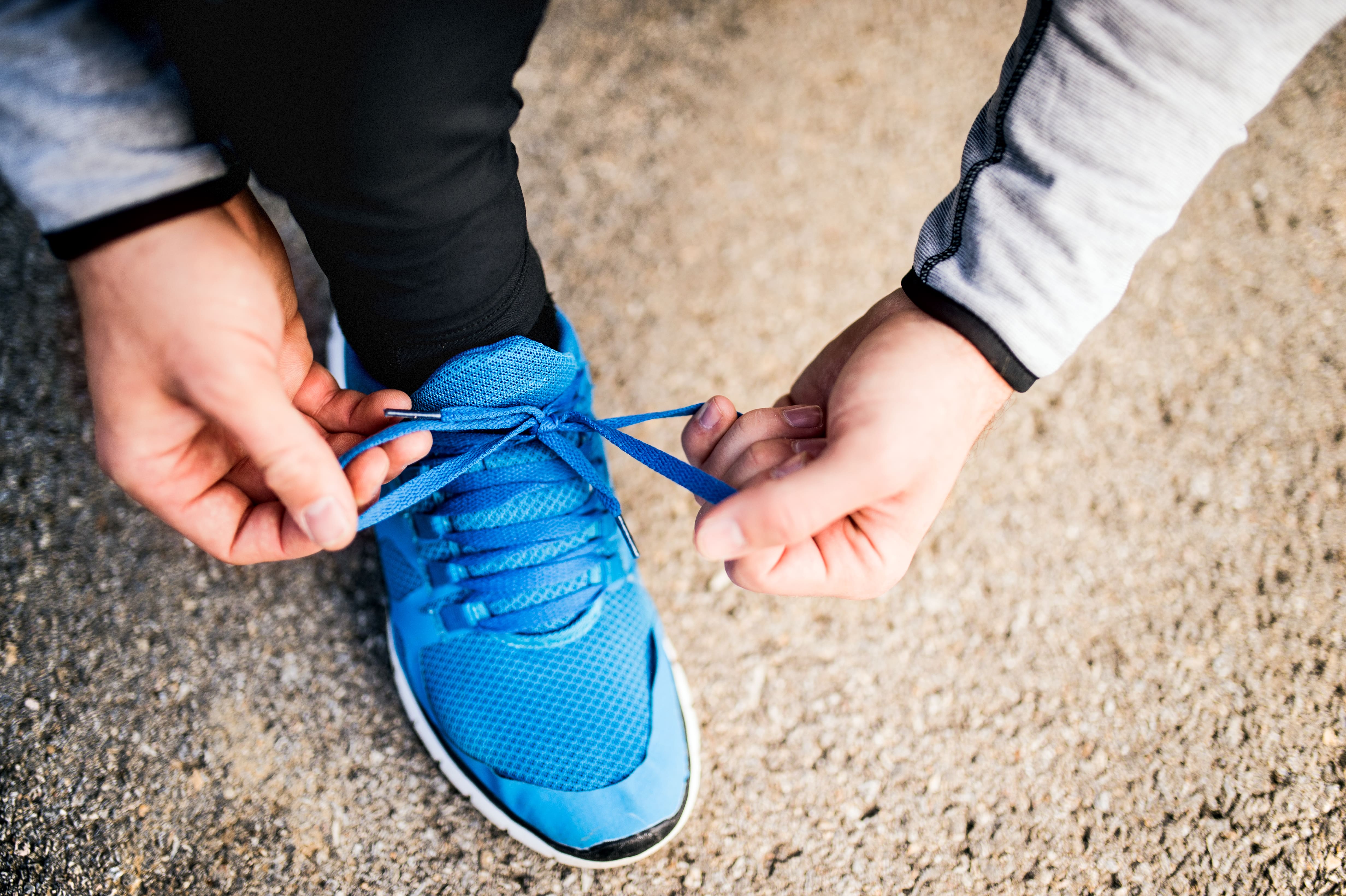
To get the most out of your workouts in Mother Nature’s playground, consider some of these strategies that will help you be efficient and safe while exercising in the summer heat. Whether you're hiking trails, walking on the beach, or doing a quick bodyweight session in the park, small adjustments to your routine can help enhance calorie burn, improve insulin sensitivity, and promote stress relief.
- Warm-up and footwear: If you're new to exercise, start with workouts on firm ground (as opposed to sand or rocky trails) to help prepare your muscles and joints for the increased movement and strain. It’s also important to wear supportive shoes to reduce the risk of injury, especially on uneven terrain.
- Consistent intensity during the workout: Try to maintain a brisk pace or incorporate intervals of speed or hills, rather than just logging miles, as this will have a more significant metabolic impact.9
- Mindful movement: Incorporate more gentle, mindful movement into your weekly routine, especially if you tend to focus on high-intensity exercise on other days. Tune into your breath and natural surroundings to lower cortisol and promote a calmer, more metabolically supportive state.
- Hydration and sun protection: In the summertime, it is even more crucial to drink plenty of water and apply sunscreen to prevent sunburn. In fact, dehydration and overheating can impair your body’s ability to regulate blood sugar efficiently. Always bring water with you and limit intense exercise on very hot days.
Monitoring Your Progress
Tracking your progress while incorporating outdoor workouts can help you stay motivated and spot metabolic changes over time. Fitness apps or wearables that monitor step count and heart rate are helpful metrics linked to improved insulin sensitivity and lower biological age.
If you're monitoring your blood sugar, then consider checking your glucose response before and after your workout using a continuous glucose monitor (CGM). Don’t overlook the changes in mental health, such as increased energy, a better mood, or improved focus. These are all signs that your metabolism and nervous system are working in greater harmony.
The Bottom Line
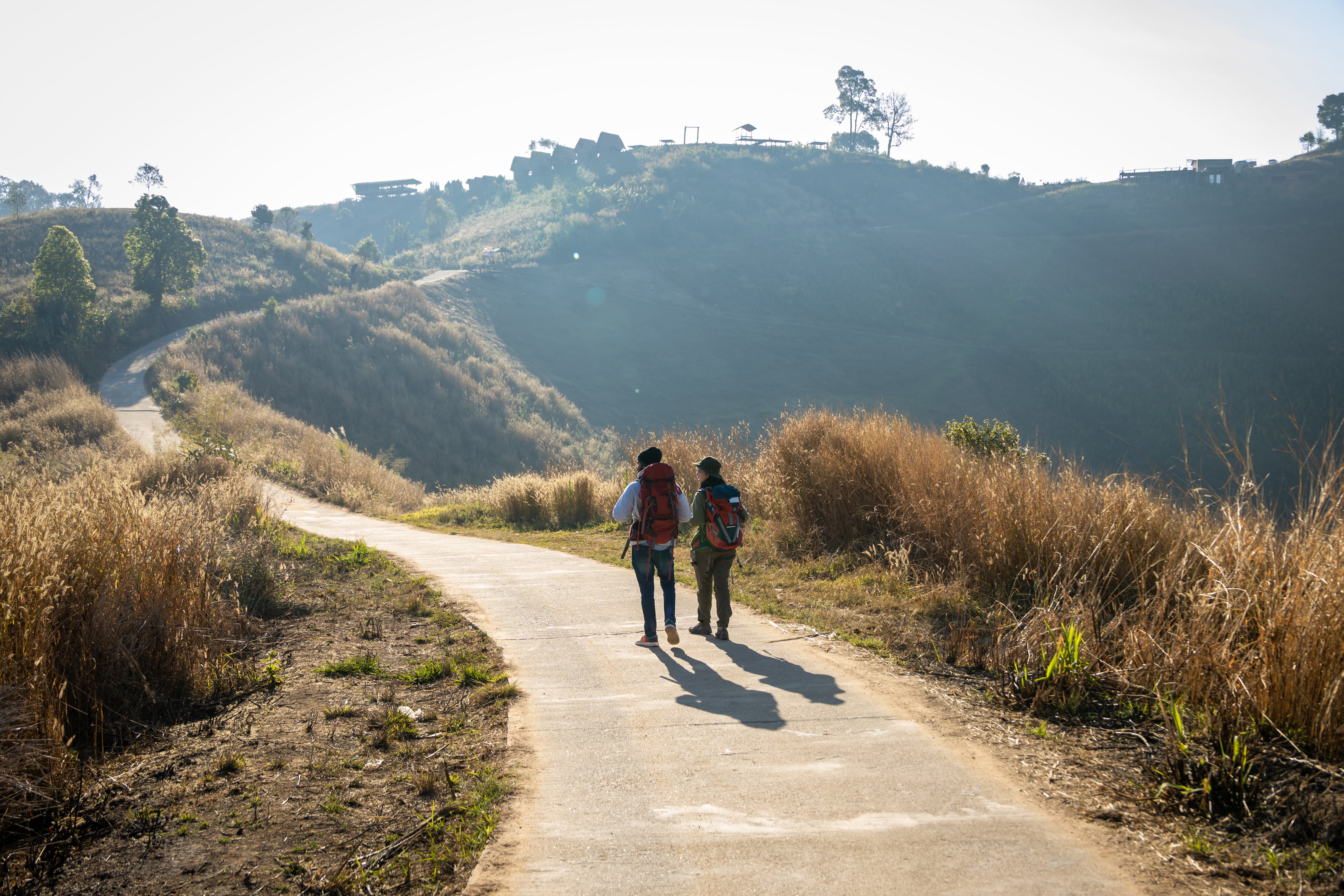
Outdoor workouts offer a powerful way to support metabolic health by combining exercise with stress-relieving environments. Maintaining an elevated heart rate, staying hydrated with water-rich foods, and being mindful of your surroundings can help enhance glucose control, boost energy levels, and improve overall well-being. Take your fitness outside this summer and notice how small changes lead to a more balanced, refreshed, and metabolically resilient you.
Learn More About Signos’ Expert Advice
If you have more questions about improving your health, fitness, and nutrition, seek expert advice from a continuous glucose monitor (CGM) and the Signos team. A CGM can give you the insights to make smarter nutrition and exercise choices. The Signos app offers a personalized program to help you achieve your health goals.
Topics discussed in this article:
References
- Yang, Y., Wu, Y., Sun, X. D., & Zhang, Y. (2021). Reactive oxygen species, glucose metabolism, and lipid metabolism. Oxidative stress: Human diseases and medicine, 213-235.
- Jones, R., Tarter, R., & Ross, A. M. (2021). Greenspace interventions, stress and cortisol: a scoping review. International journal of environmental research and public health, 18(6), 2802.
- Lim, G. Y., Park, E., Song, J. Y., Kwon, R., Kang, J., Cho, Y., ... & Ryu, S. (2024). Lifelog-based daily step counts, walking speed, and metabolically healthy status. Digital Health, 10, 20552076241260921.
- Yaseen, M., & Maharaj, B. A. (2024). Assessment of Heart Rate Variability and Energy Expenditure Index during Ambulation on Uneven Surface Among Young Adults of Aged 18–30 years. Indian Journal of Physical Therapy and Research, 6(1), 94-98.
- Lejeune, T. M., Willems, P. A., & Heglund, N. C. (1998). Mechanics and energetics of human locomotion on sand. Journal of Experimental Biology, 201(13), 2071-2080.
- Hermanski, A., McClelland, J., Pearce-Walker, J., Ruiz, J., & Verhougstraete, M. (2022). The effects of blue spaces on mental health and associated biomarkers. International Journal of Mental Health, 51(3), 203-217.
- Huber, D., Freidl, J., Pichler, C., Bischof, M., Kiem, M., Weisböck-Erdheim, R., ... & Hartl, A. (2023). Long-term effects of mountain hiking vs. forest therapy on physical and mental health of couples: a randomized controlled trial. International journal of environmental research and public health, 20(2), 1469.
- Drexel, H., Mader, A., Saely, C. H., Tautermann, G., Dopheide, J. F., & Vonbank, A. (2021). Downhill hiking improves low-grade inflammation, triglycerides, body weight and glucose tolerance. Scientific Reports, 11(1), 14503.
- Poon, E. T. C., Siu, P. M. F., Wongpipit, W., Gibala, M., & Wong, S. H. S. (2022). Alternating high-intensity interval training and continuous training is efficacious in improving cardiometabolic health in obese middle-aged men. Journal of Exercise Science & Fitness, 20(1), 40-47.


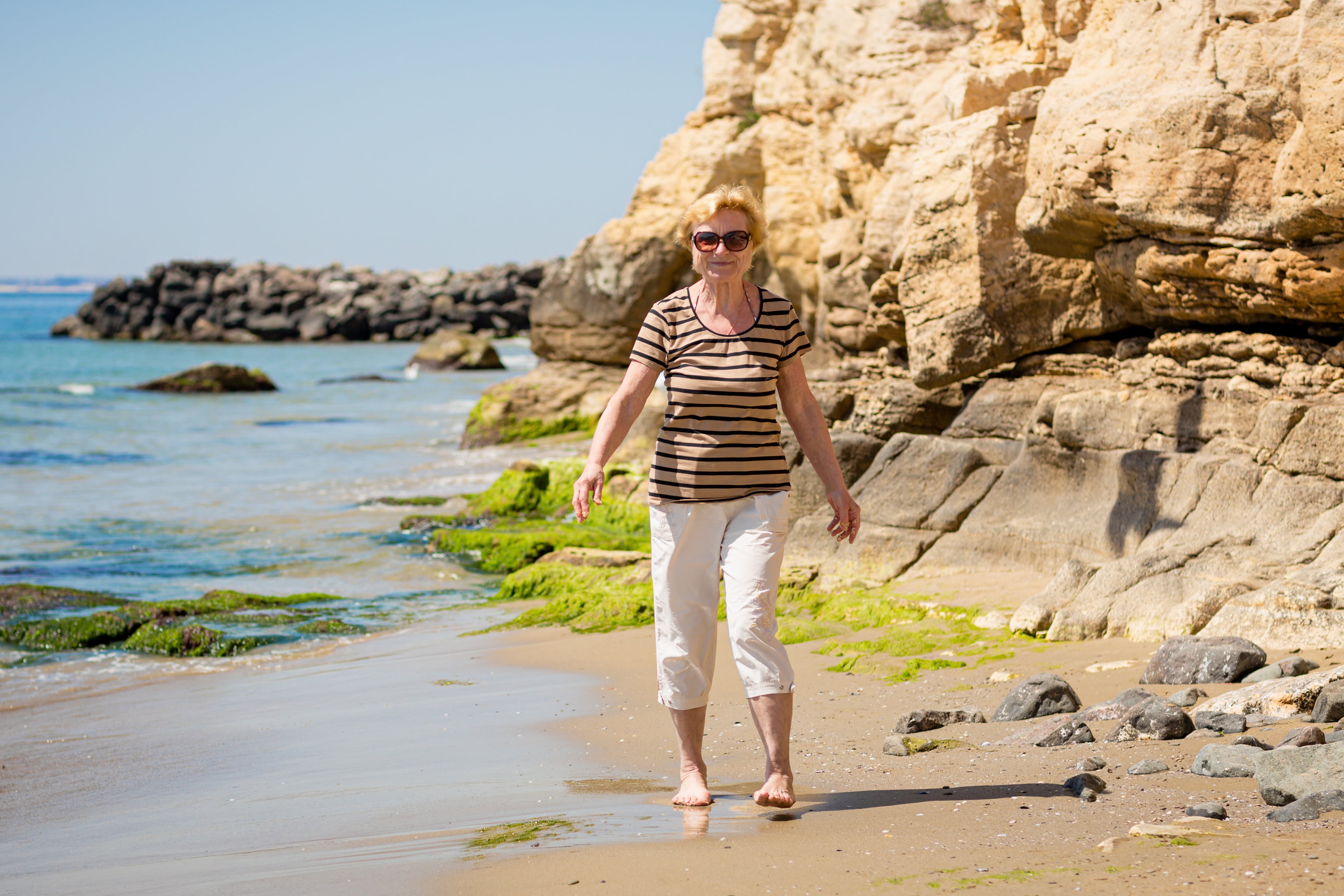

.svg)








.webp)
.svg)
.svg)
.svg)
.svg)
.svg)
.svg)
.svg)
